‘Risky habitats’: managing disease risk in wetland restoration
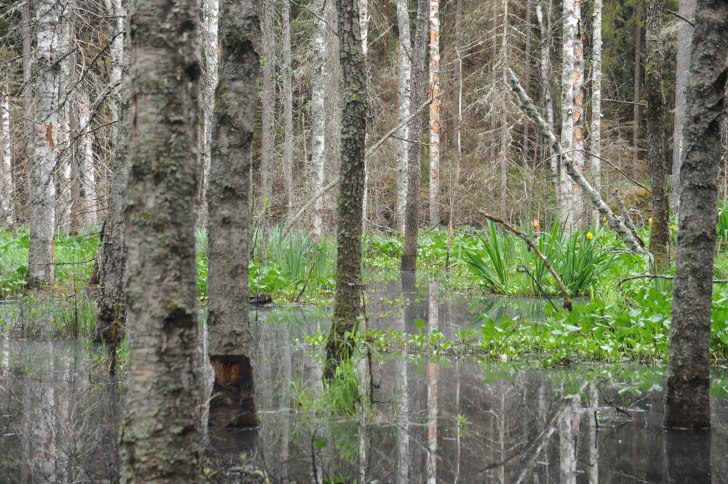
The emergence of infectious diseases is an inherently environmental process. Evidence shows that the majority of diseases (such as Ebola) and almost all pandemics (such as COVID-19) are zoonoses, caused by microbes of animal origin.
These microbes can ‘spill over’ into humans through contact with wildlife and livestock. Moreover, environmental degradation, agricultural expansion and biodiversity loss can all drive the emergence of disease through the disruption of ecological networks, and the creation of new ones.
Could ecological restoration help reduce disease risk, then, by supporting healthy ecosystems with natural checks on zoonosis transmission? Not necessarily, according to Dr Frauke Ecke, speaking in a MERLIN webinar last month.
Dr Ecke’s work challenges the view that ecosystem restoration necessarily mitigates disease risk. Instead, she argues for a more nuanced understanding of the potential outcomes of restoration. She asks, can wetland restoration actually cause ‘ecosystem disservices’, which are harmful to human health?
A 2020 IPBES report on the interactions between biodiversity and pandemics highlights the importance of the topic, stating, “Ecological restoration, which is critical for conservation, climate adaptation and provision of ecosystem services, should integrate health considerations to avoid potential increased disease risk resulting from increased human-livestock-wildlife contact.”
This is a key topic for contemporary society: both ecological restoration and disease pandemics are high on political agendas and public debates, and understanding their interactions – the ecological emergence of diseases in contemporary environments – is important.
Wetlands are often prime habitats for mosquitos and ticks, both of which are common vectors for disease transmission. Dr Ecke highlights how climate change is allowing some mosquito species to colonise new wetland areas in Europe, bringing diseases such as chikungunya with them.
Likewise, tick populations have spread across Europe in recent decades, often to riparian grasslands around wetlands. Ticks can act as vectors for diseases including Lyme Disease and Tick-borne encephalitis, which are transmitted through a bite.
Diseases can also build up in the landscapes shaped by beaver reintroductions. Tularemia is a bacterial disease, often fatally affecting rabbits, hares, and rodents. It can also spread to humans through arthropod bites or contact with an infected animal.
Dr Ecke presented a study of tularemia found in hares at sites across Sweden. Her work shows that tularemia infections increase with the wetness of a landscape. Dr Ecke suggests that wetlands engineering by the activities of beavers could create a “perfect storm” for the emergence of tularemia in Swedish landscapes by creating conditions conducive for its build-up and transmission.
In other words, Dr Ecke argues, “when we restore wetlands, we might actually create risky habitats.” This risk is often highest in the first years of restoration, as animals such as rodents, ticks and mosquitos quickly recolonise a site. Dr Ecke highlights how, “these generalist species are often hyper-reservoirs which host a lot of different pathogens, and can act as vectors for rather nasty diseases.”
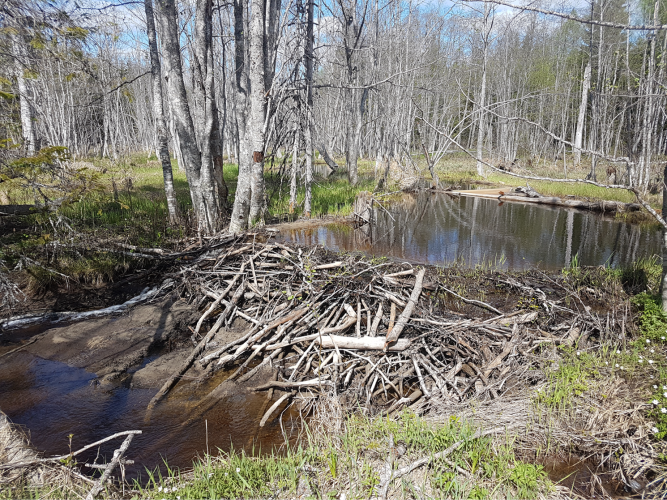
However, nature-based solutions could help mitigate disease risks in wetland restoration. “Predators are actually good for our health,” says Dr Ecke. She highlights the example of the Tengmalm’s (or Boreal) owl, which preys on rodents which are infected with pathogens such as the bacteria causing tularemia.
“This is really good news: predators are selectively removing animals which could make us as humans sick,” says Dr Ecke. Likewise birds such as swallows and swifts are excellent hunters of mosquitos. By encouraging bird populations which predate on rodents and mosquitos – for example through building nest boxes – rates of disease transmission could be reduced.
Dr Ecke argues that environmental managers must acknowledge the disease risks caused by wetland restoration, particularly in the initial years of implementation. However, she highlights the toolbox of approaches, such as predator reintroductions, which can help mitigate their public health risks.
In short, it is not enough to only focus on the ecosystem services fostered by ecological restoration, but also on managing the risky ‘disservices’ that may also emerge from a restored landscape.
+++
This article is supported by the MERLIN project.







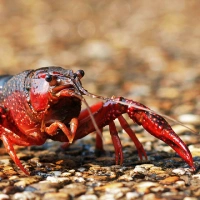


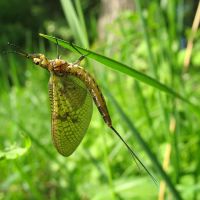
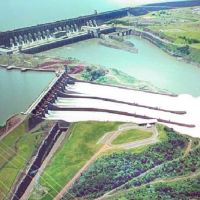



Comments are closed.